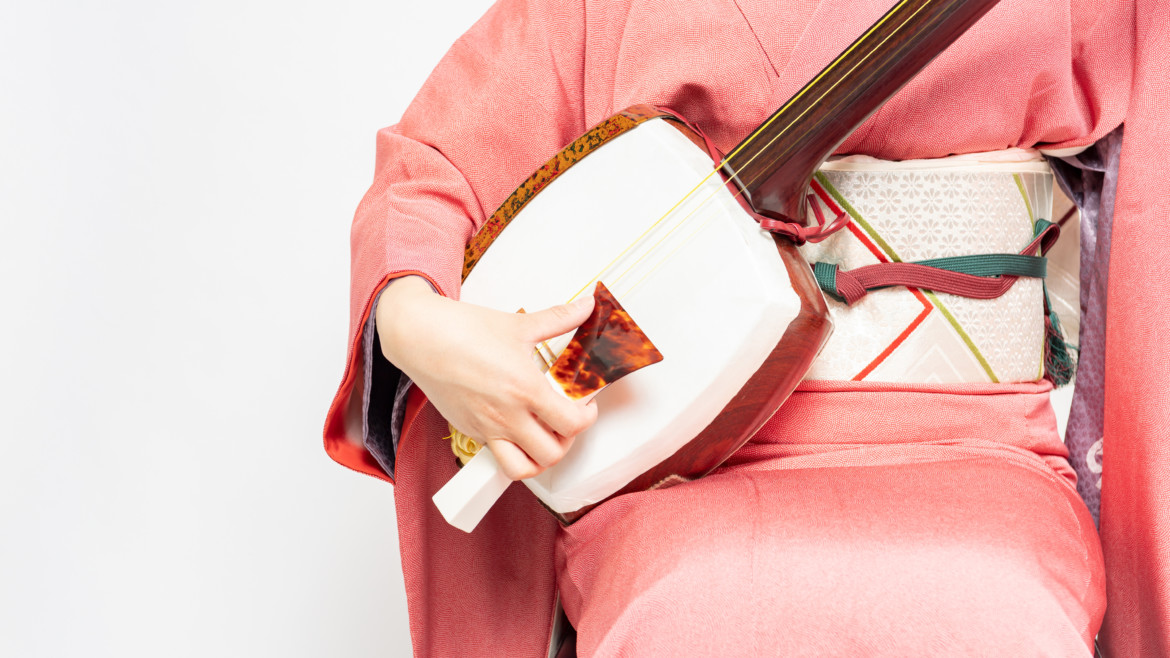During the Edo period, the shamisen was used as an accompaniment instrument for singing and for theater performances such as Kabuki and Bunraku. Since it had a role in enhancing the song, a slow and calm performance style was common.
In accompanying songs, the shamisen played different parts of the scene such as weather and nature, as well as the atmosphere and characters of the scene, much like how a tayu would distinguish between different parts of a story. It was an indispensable presence in conveying the content of the work to the audience by expressing emotions such as laughter and tears and even character images.
However, during the Meiji period, Western music began to enter Japan, and the shamisen began to be played as a solo instrument. At this time, Western music was popular in Japan, and many people began to take an interest in Western music. As a result, shamisen players were influenced by Western music and began to create new playing methods and songs.
In the early Showa period, a new music genre called “shamisen enka” that used the shamisen was born, and the shamisen became widely known as a solo instrument.
After World War II, Tsugaru Shamisen became popular. The Tsugaru Shamisen was originally used as an accompaniment instrument for folk songs but developed into a solo instrument because of its unique sound. This is because the prelude part of folk songs played only with the shamisen became independent. In addition to percussion-like playing techniques and techniques that create fast tempo and many sounds with delicate finger movements of the left hand, various innovations that were not found in previous shamisen music were made such as utilizing low-frequency range by using thick strings.
Currently, the shamisen has entered a new stage. Collaborations with various genres of music such as jazz and pop have increased without being bound by traditional song styles. Also, using guitar amps for amplification has increased the sound volume of the shamisen.Using guitar amps for amplification has increased the sound volume of the shamisen. The use of effects processing has also become prominent, which can be called ‘Japanese-style electric guitar.’
The shamisen will continue to develop worldwide in the future. I’m excited about future possibilities!



Leave a review